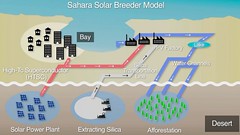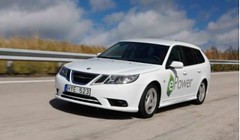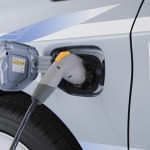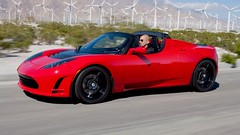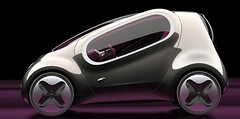
The mainstream media holds sway over much of public opinion and messages repeated over and over seem to become the reigning paradigm, engrained deeply into most everyone's consciousness. As Steve Harvey points out in The EV-haters guide to hating electric cars, the list of fallacies that are promoted in this way is long and continuous. An example Harvey provides is the typical EV-hater calling electric vehicles a sales flop despite one- and two-year waiting lists for most models.
To counter the many misconceptions, Harvey compiled a list of "truthy" facts and introduced it in this way:
Whatever the reason, the media often has an irrational disdain for electric vehicles. And a similar disdain is common among the general population too. The same EV-hating arguments are repeated ad nauseam in the media. After analyzing the key arguments of the EV haters, I have compiled what I believe is the first-ever "EV-Hater's Guide to Hating Electric Cars." If you really hate EVs -- and you know who you are -- then this Top 10 guide is especially for you.
Good information to have on hand the next time you get into an argument with an EV-hater.







